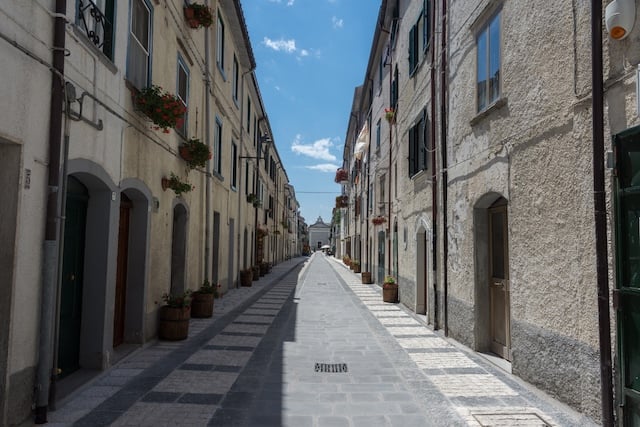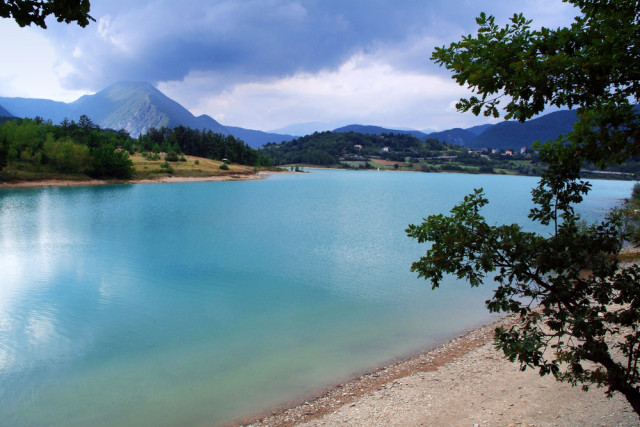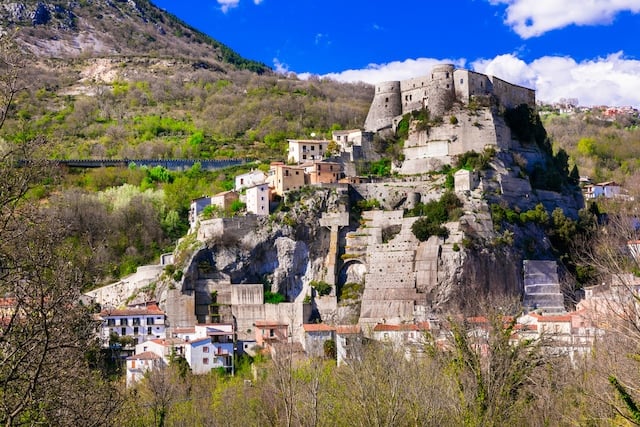Dubbed the reddito di residenza attiva or 'active residency allowance', the stipend could be worth around €700 a month for up to three years, or €24,000 in total.
There are just two conditions: applicants must agree to run a business – any business – for at least five years, and they have to do it somewhere with under 2,000 inhabitants.
FOR MEMBERS: Here's how to apply for €24,000 to run a business in Molise

Photo: DepositPhotos
That leaves plenty of choice. Of 136 comune in Molise, Italy's second smallest region by both population and size, more than 100 have fewer than 2,000 people living in them and six have fewer than 200, according to national statistic office Istat.
The scheme, to be launched this month, is designed to combat depopulation, a chronic problem throughout rural Italy and especially in poorer southern regions.
“We're targeting the many people from Molise who live elsewhere and plan to come back home, but also non-Molisans who'd like a change of lifestyle and to enjoy the tranquility and healthiness of our wonderful region,” said Antonio Tedeschi, the regional councillor responsible for the idea.
The region has set aside nearly €1 million to fund the scheme over 2019-20, he said.
READ ALSO:
- Why moving to southern Italy with a foreign pension could cut your tax bill
- How Italian villages are helping foreign buyers find their dream €1 home
- The real cost of buying a house in Italy as a foreigner
Applications will open via the region's website on September 16th and remain open for 60 days. Candidates must commit to transferring their residence to Molise, getting a VAT number and running their business for at least five years – that's two years after they stop receiving the stipend – or face paying back the grant.
Many parts of rural Italy have experimented with incentives to attract new residents, from the well-known '€1 houses' schemes to tax breaks for retirees bringing foreign pensions with them.
But while many such offers attract people looking for holiday homes or a place to retire, the 'active residency allowance' aims to create longer-term benefits for locals by improving the services and employment opportunities available to them.
READ ALSO: Seven reasons Molise (yes, Molise) is Italy's best kept secret

Castel San Vincenzo in Molise. Photo: DepositPhotos
Not everyone has welcomed the initiative, however: local blog Forche Caudine called it superficial and open to abuse, arguing that it would reward incomers prepared to game the system rather than the residents who have been toughing it out in shrinking villages for years.
“Why pay someone to come and live in Filignano, for instance, a town that over a century has gone from 6,500 residents to barely 600 today? What kind of business could they set up?,” the site wrote, calling for an “overall vision” for Molise rather than “spot solutions” for individual towns.
Please note: The Local cannot help you apply for this scheme.



 Please whitelist us to continue reading.
Please whitelist us to continue reading.
Member comments